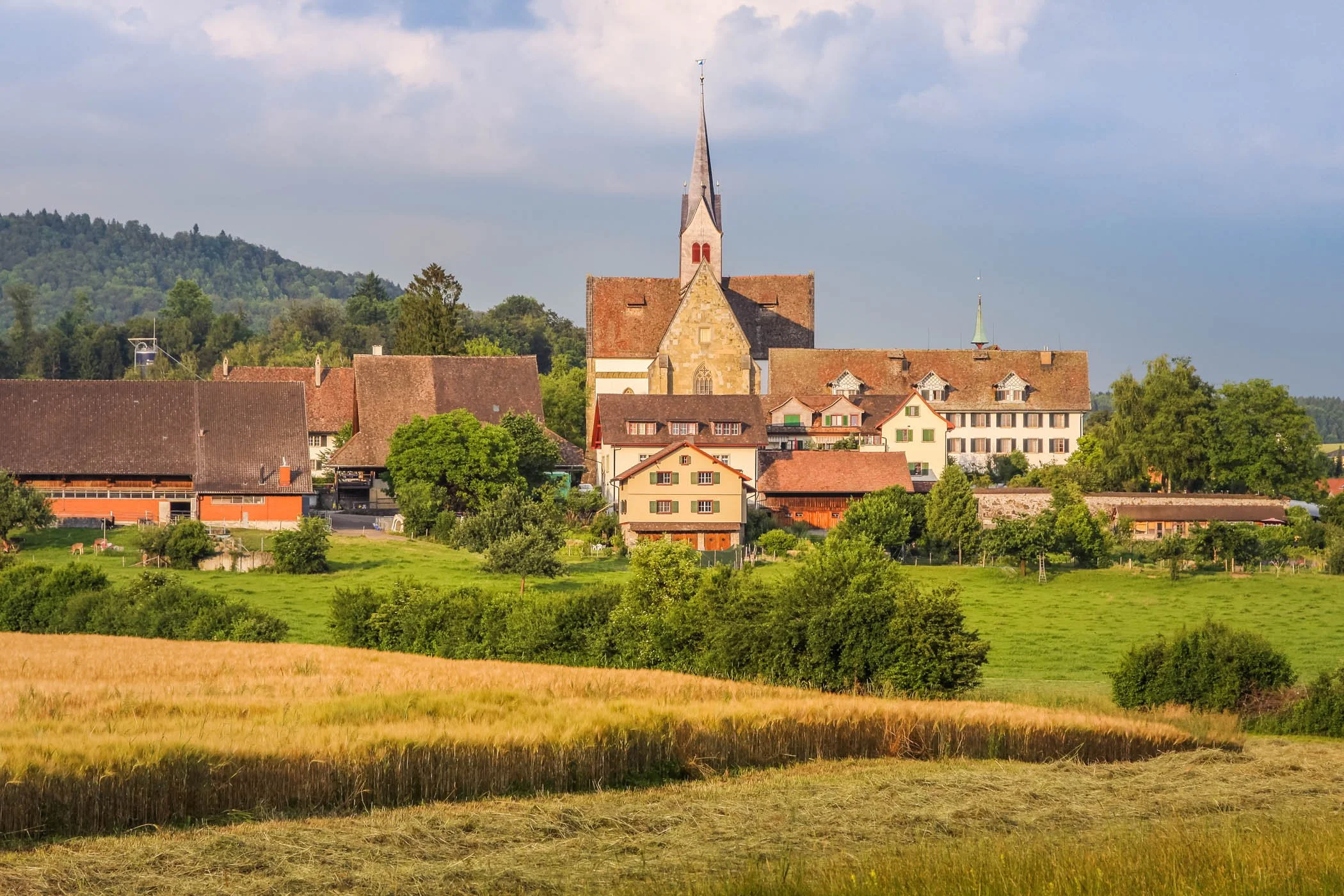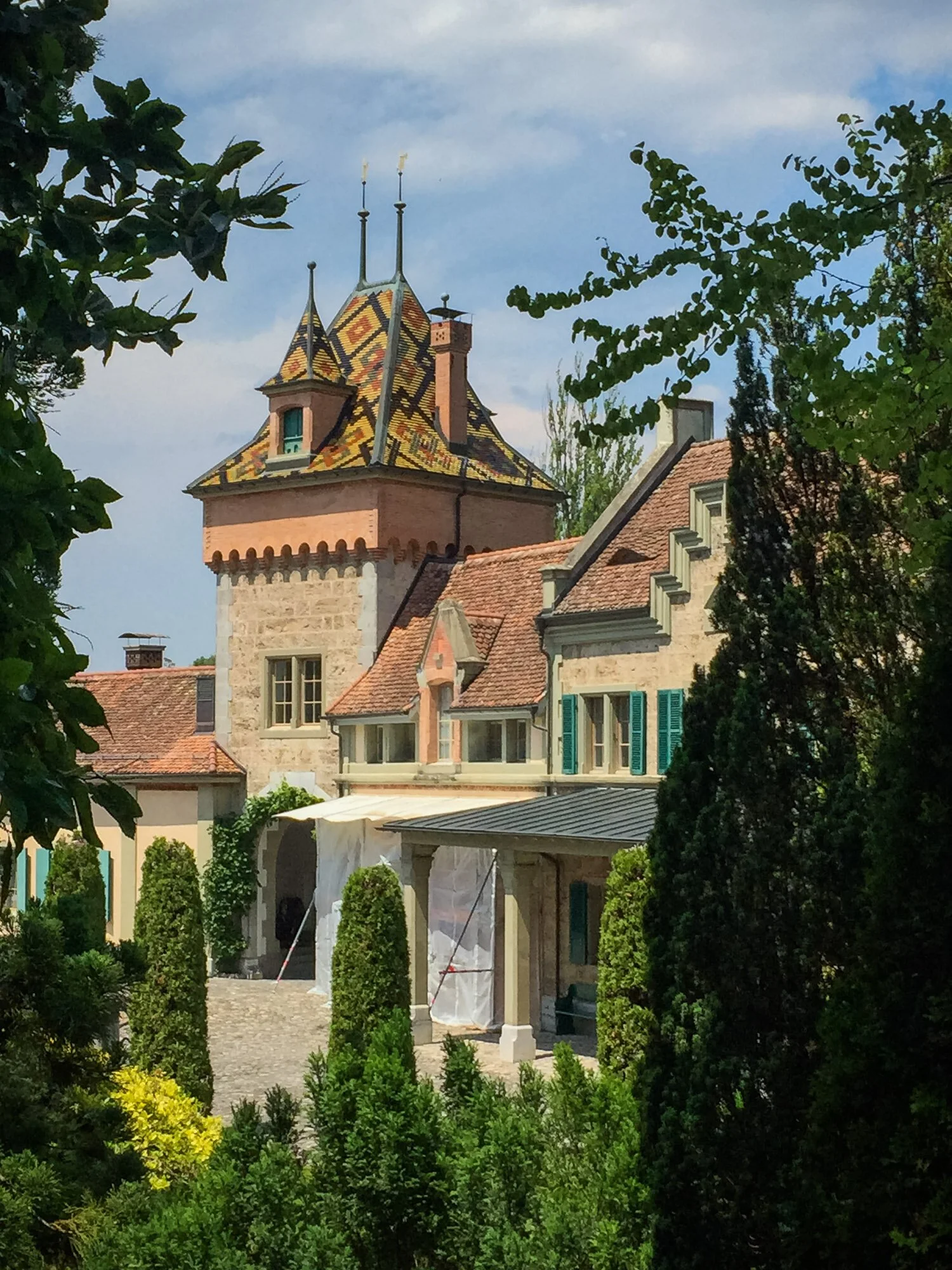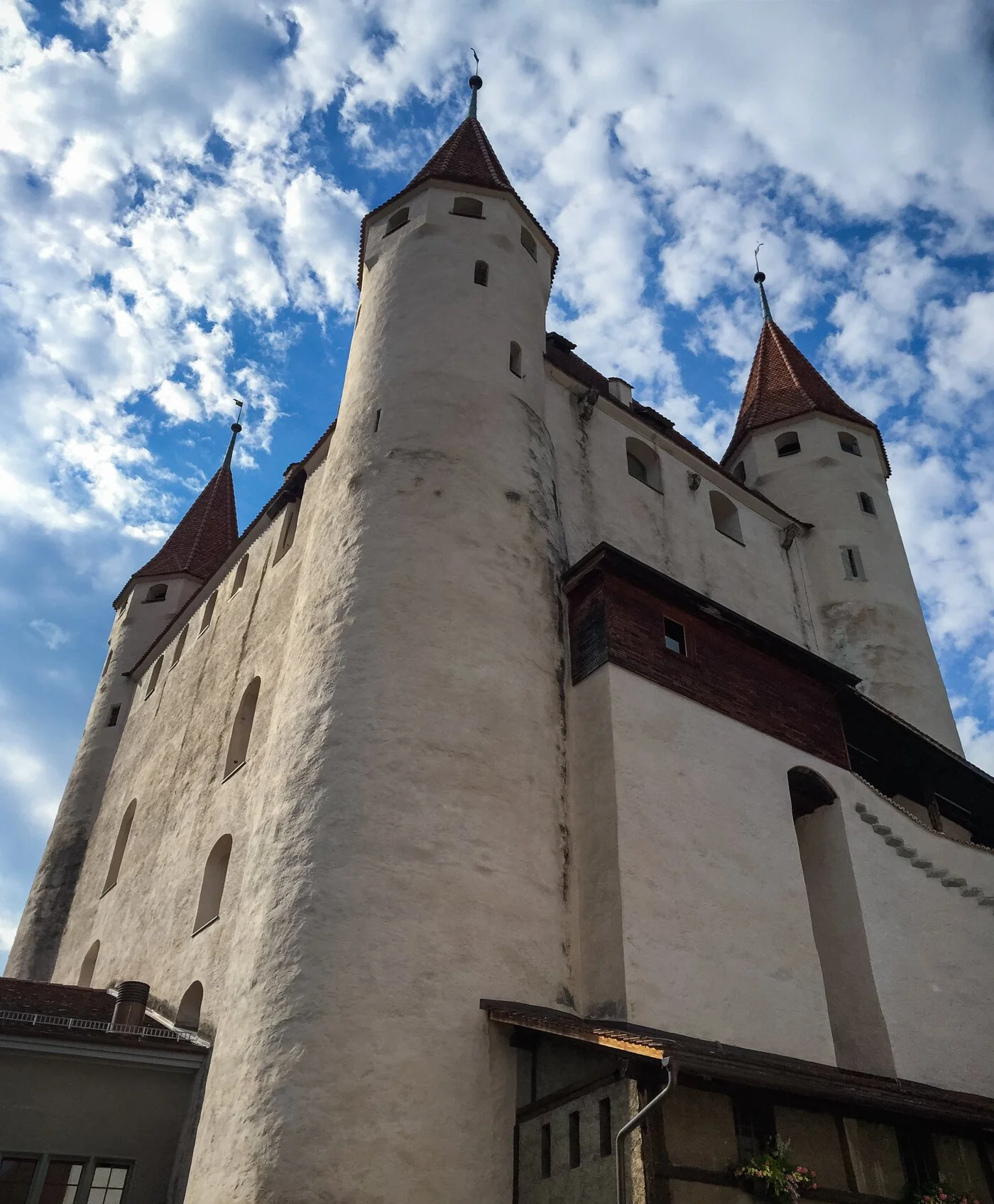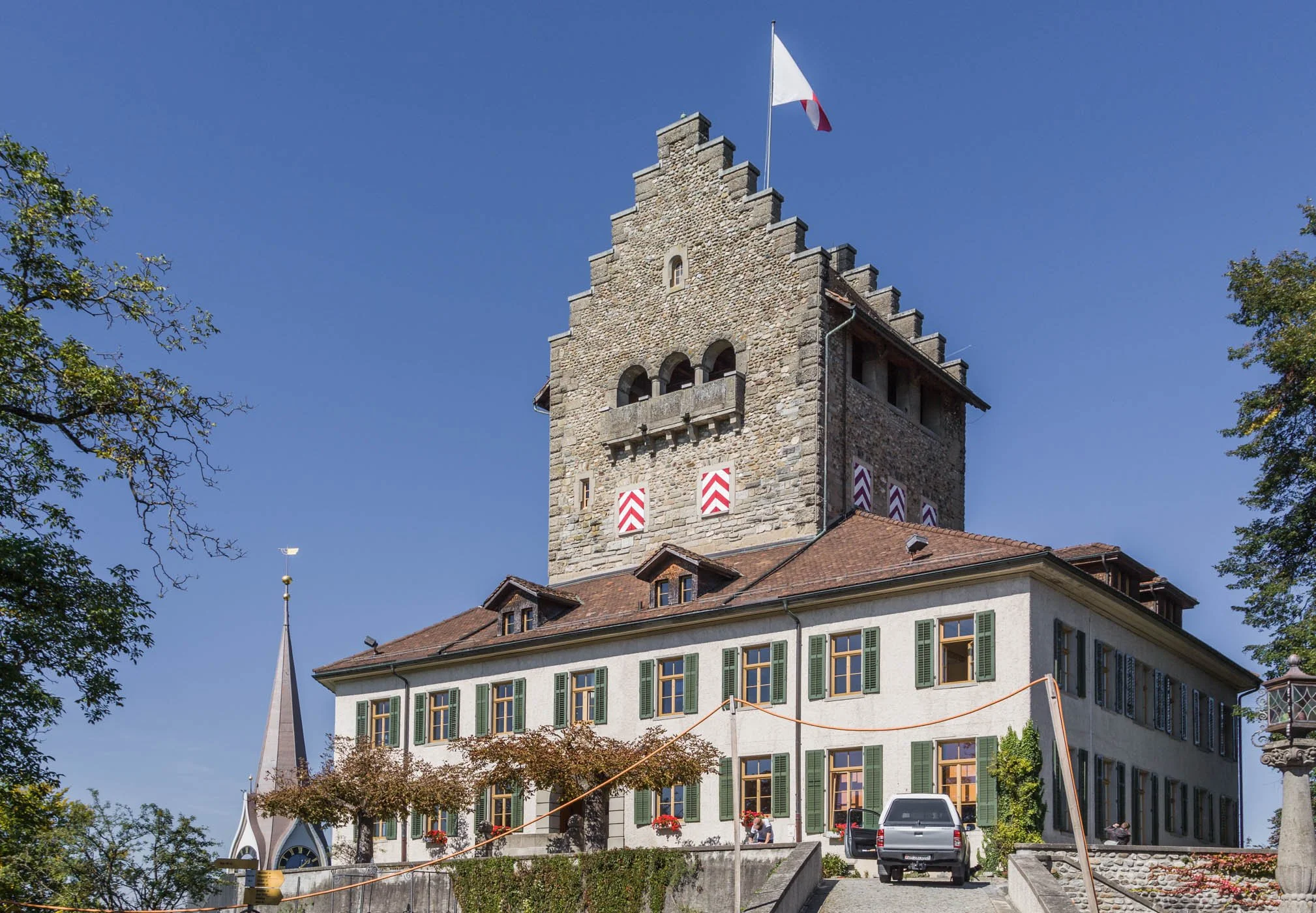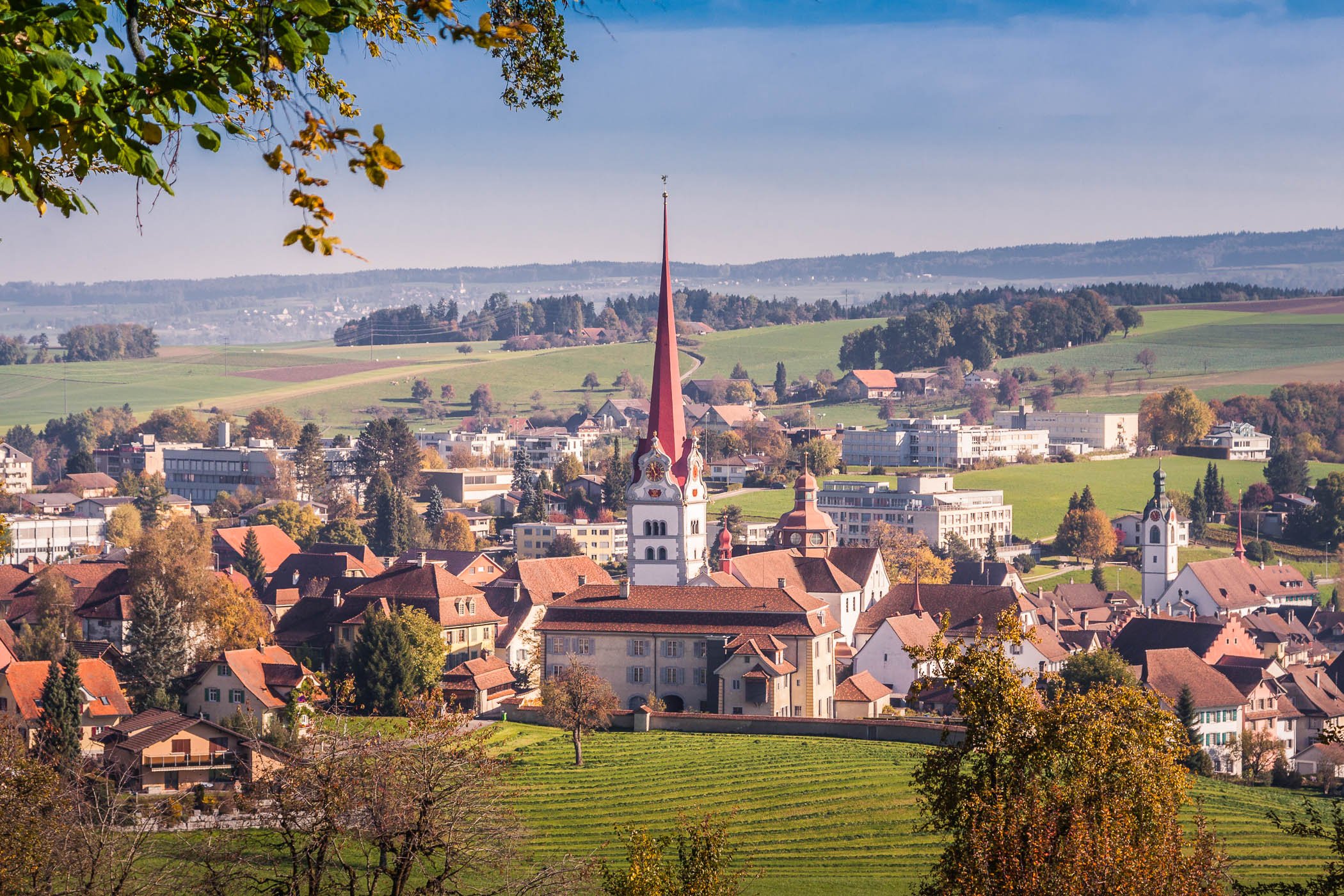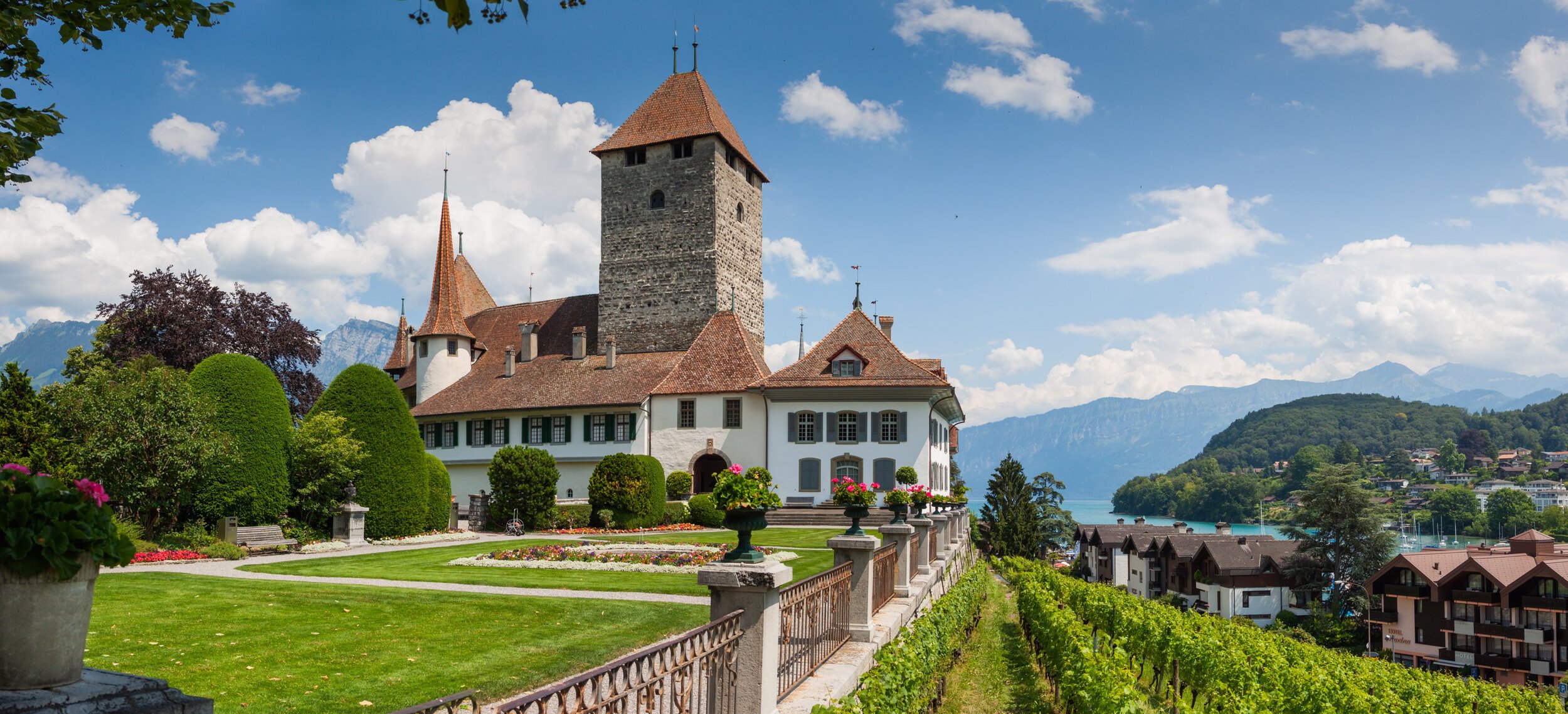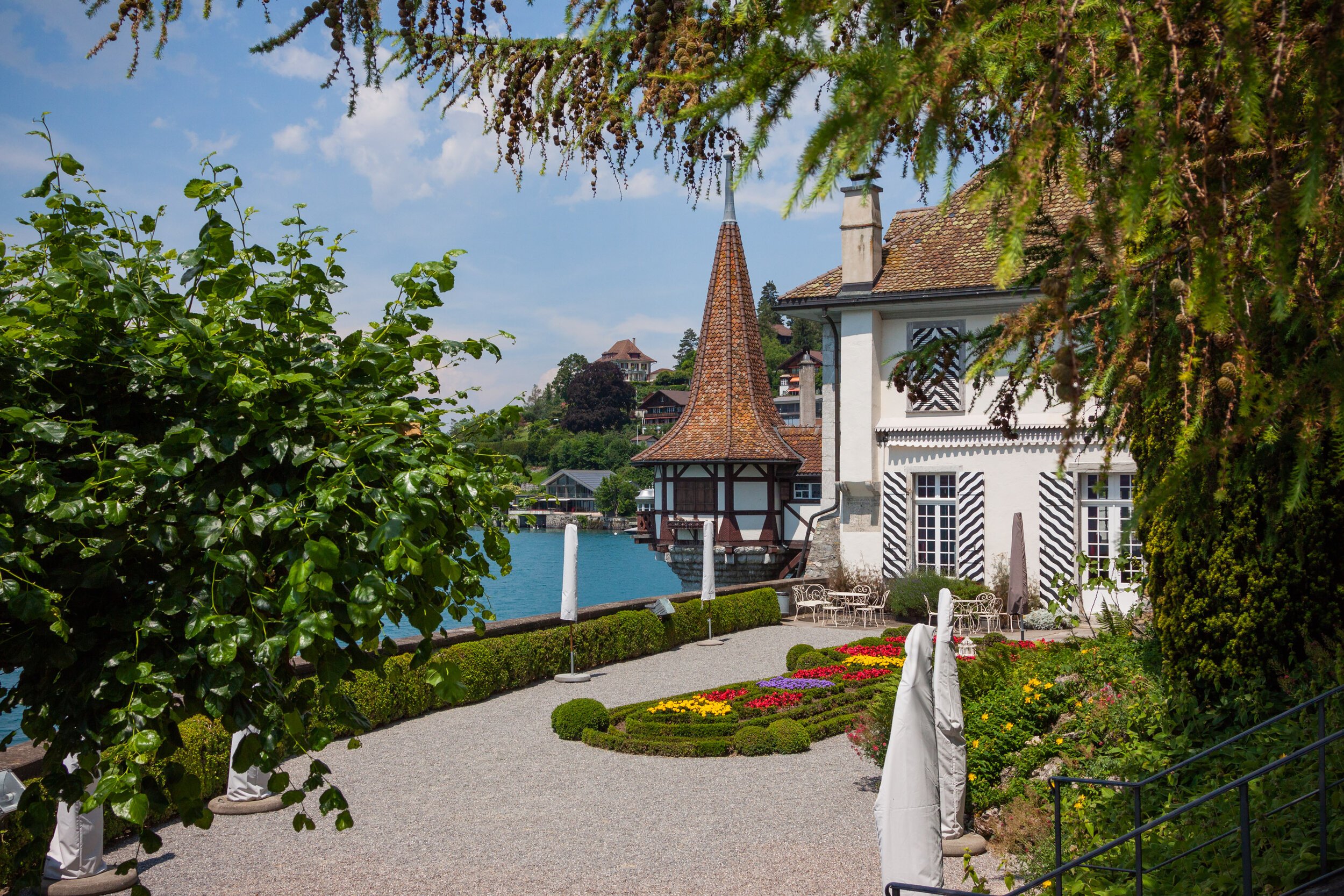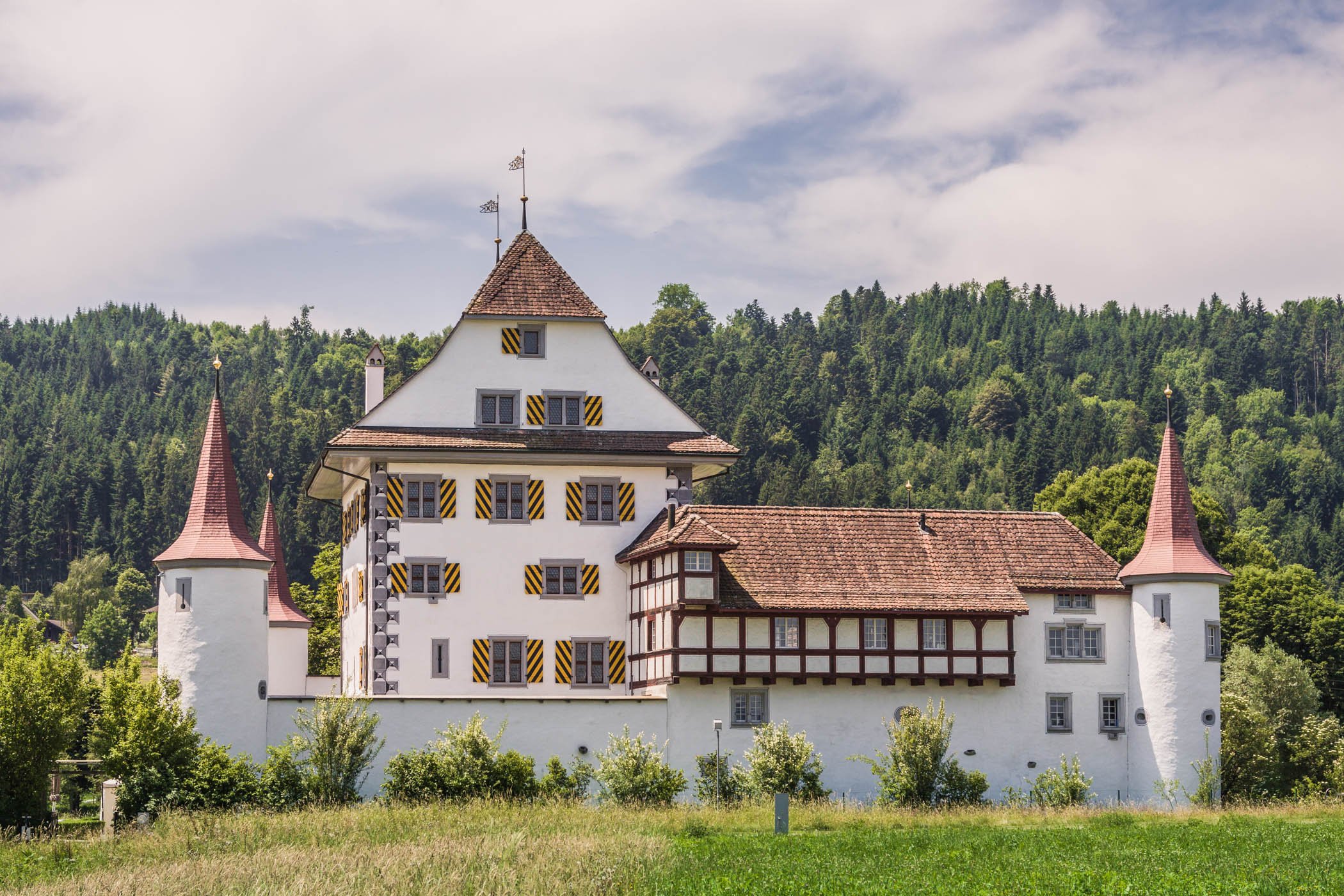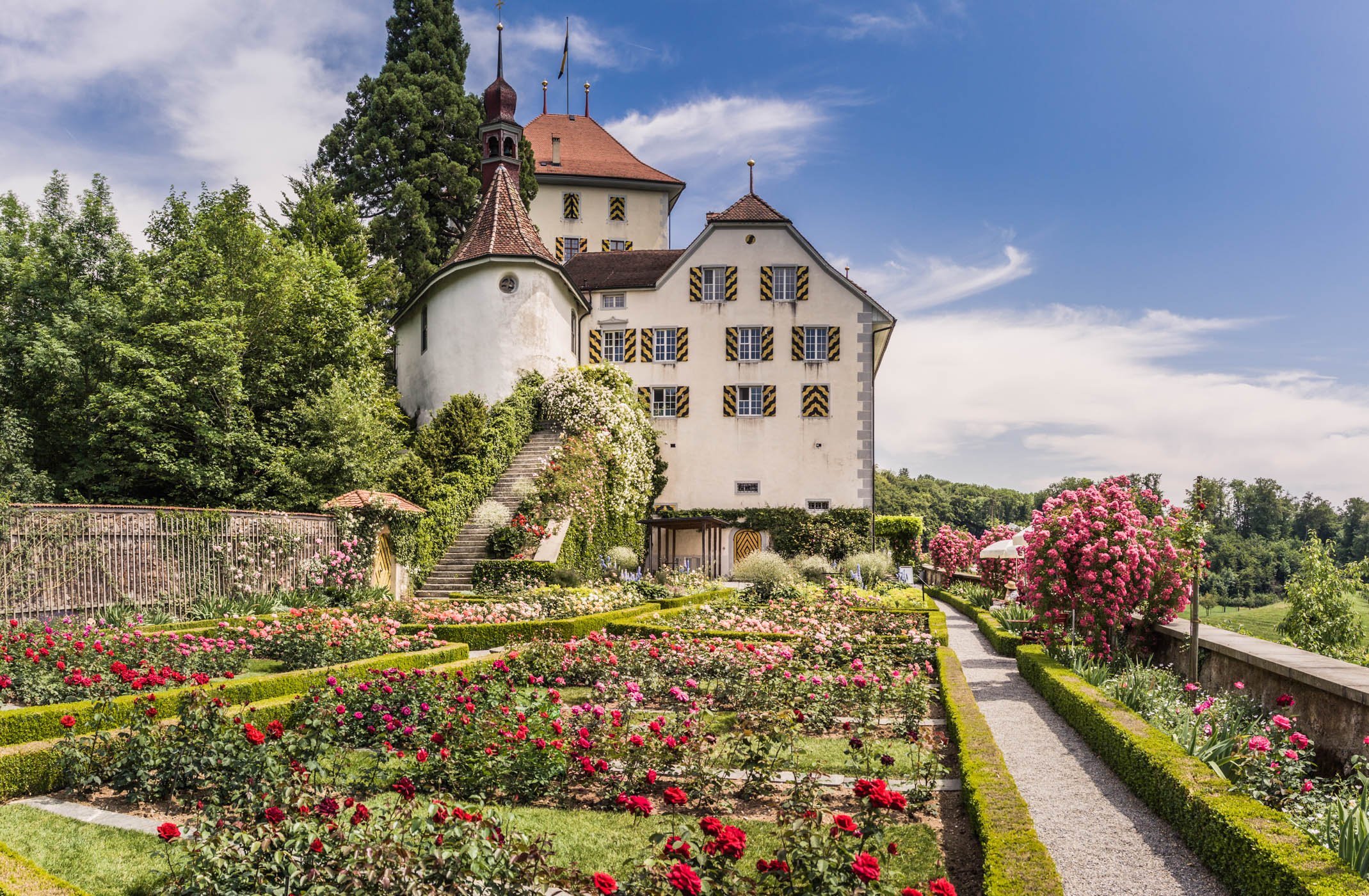
Swiss Castles
Castles | Monasteries | Villas
Take a journey to some of Switzerland's most beautiful and historic landmarks.
Picture above is Heidegg Castle
Hello castle lovers, welcome to my guide to Swiss castles, which I have personally compiled for everyone to enjoy. It features some of the most fascinating and historically significant landmarks from across Switzerland. Each castle has its own story to tell, in a beautiful setting, with exhibitions, guided tours and re-enactments for recreational and educational purposes, or simply as an adventurous outing. I hope you enjoy exploring this guide.
All these castles have been visited, photographed and catalogued by myself for this website. This was done on a voluntary basis without any financial support from anyone. Raymond Inauen
This website is dedicated to discovering some of the best preserved or restored castles that once dominated the landscape of this country. There are over 500 castles and fortresses scattered across a vast landscape, only a few of which have been restored, the rest remaining ruins forever. Many of these fortifications were built along some of the most important trade routes in Europe, while others are simply the homes of the nouveau riche, built over the last 200 years. On this website you will find a small selection of these beautiful places to discover.
Here are all the castle loctions listed from this website.
Definitions
Castle
A castle (from Latin: castellum) is a type of fortified structure built in Europe and the Middle East during the Middle Ages by European nobility. Scholars debate the scope of the word castle, but usually consider it to be the private fortified residence of a lord or noble. This is distinct from a palace, which is not fortified; from a fortress, which was not always a residence for nobility; and from a fortified settlement, which was a public defence – though there are many similarities among these types of construction. Usage of the term has varied over time and has been applied to structures as diverse as hill forts and country houses. Over the approximately 900 years that castles were built, they took on a great many forms with many different features, although some, such as curtain walls and arrowslits, were commonplace.
Monastery
A monastery is a building or complex of buildings comprising the domestic quarters and workplaces of monastics, monks or nuns, whether living in communities or alone (hermits). A monastery generally includes a place reserved for prayer which may be a chapel, church or temple, and may also serve as an oratory.
Monasteries vary greatly in size, comprising a small dwelling accommodating only a hermit, or in the case of communities anything from a single building housing only one senior and two or three junior monks or nuns, to vast complexes and estates housing tens or hundreds. A monastery complex typically comprises a number of buildings which include a church, dormitory, cloister, refectory, library, balneary and infirmary. Depending on the location, the monastic order and the occupation of its inhabitants, the complex may also include a wide range of buildings that facilitate self-sufficiency and service to the community. These may include a hospice, a school and a range of agricultural and manufacturing buildings such as a barn, a forge or a brewery.
Villa
A villa was originally an ancient Roman upper-class country house. Since its origins in the Roman villa, the idea and function of a villa have evolved considerably. After the fall of the Roman Republic, villas became small farming compounds, which were increasingly fortified in Late Antiquity, sometimes transferred to the Church for reuse as a monastery. Then they gradually re-evolved through the Middle Ages into elegant upper-class country homes. In modern parlance, 'villa' can refer to various types and sizes of residences, ranging from the suburban "semi-detached" double villa to residences in the wildland–urban interface.








